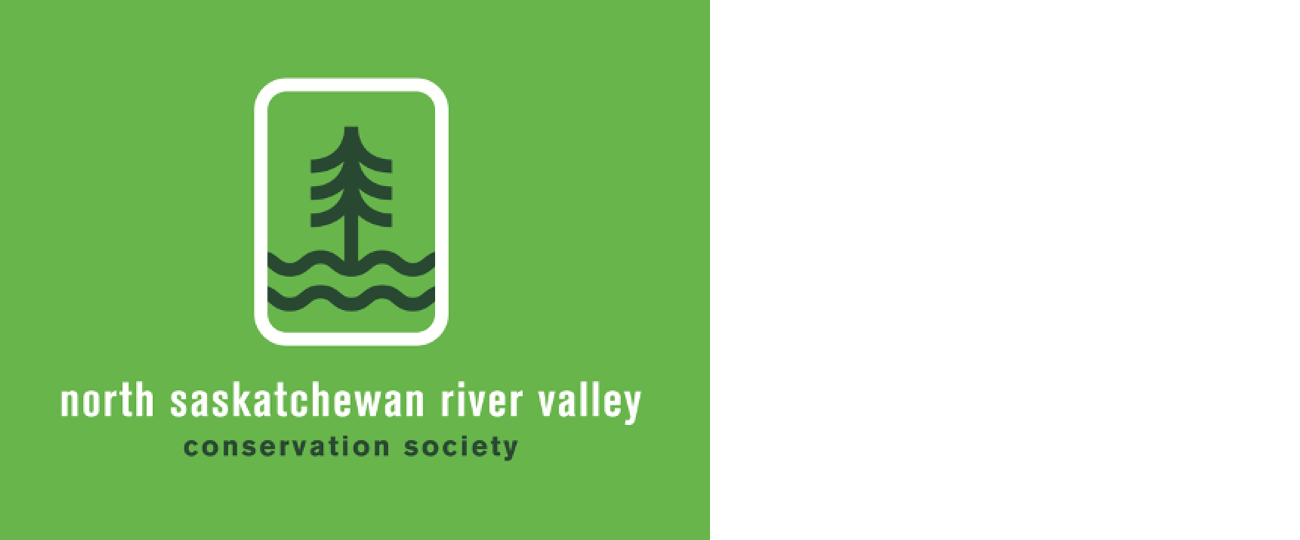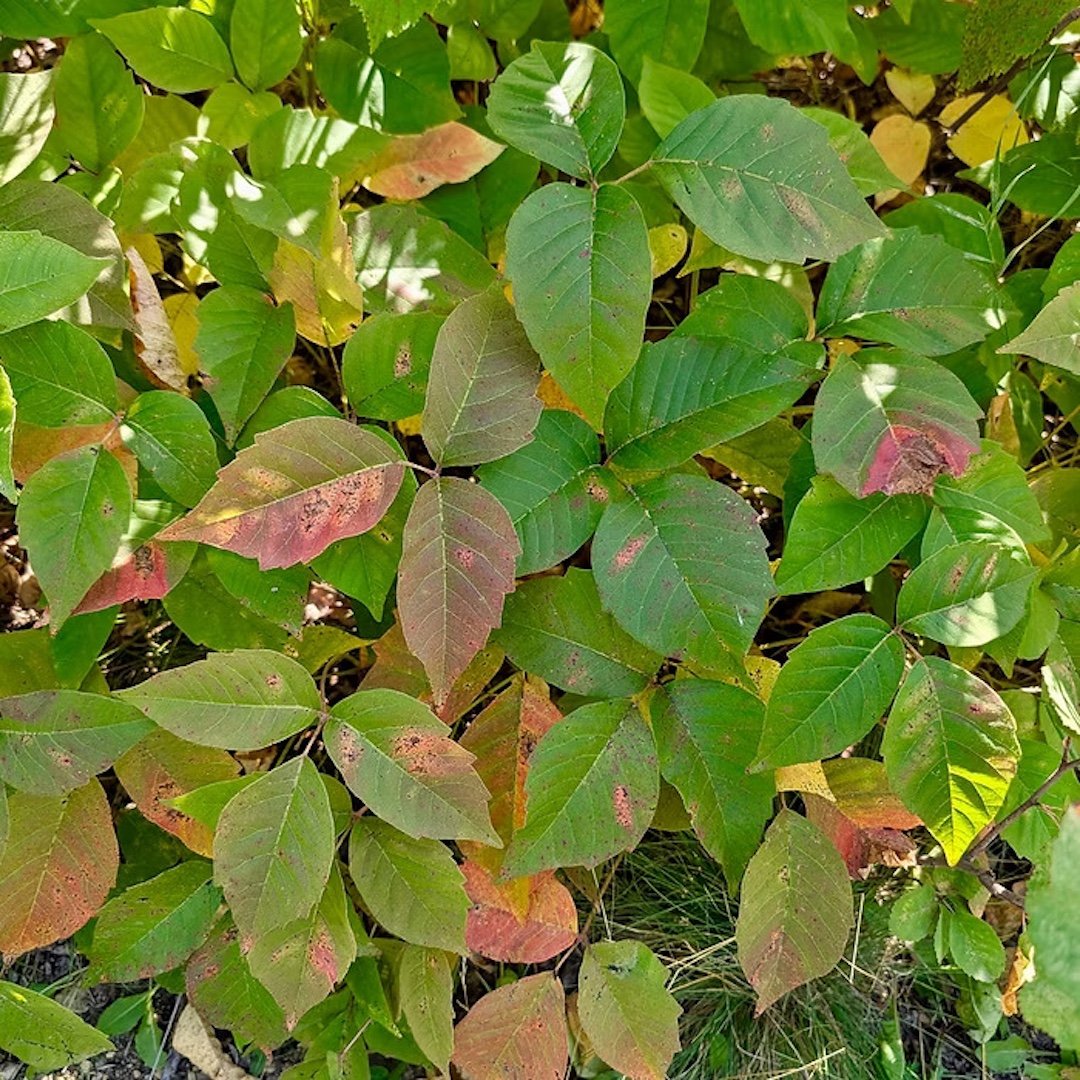Forced labour used as a moral good in Alberta penitentiary
McDermid Studio photo
The Alberta Penitentiary operated on Edmonton’s River Lot 20 from 1906 to 1920, where Clarke Stadium is today. It was the first federal prison in Alberta.
Theft was the most common crime prisoners were charged with, followed by manslaughter and murder. Prisoners were not allowed to speak while in their cells. They were called by number instead of their name and were often punished during their prison sentence. A bread and water diet was one common punishment. A constant in prisoners’ lives was hard labour.
Forced labour was built into the Canadian prison system. Newspaper stories and government reports framed prisoners as unproductive and immoral people. Forced labour was a way that prison officials wanted to “correct” them. This labour was used to make many products which were sold to farmers, industry, or back to the government. Indeed, penitentiary buildings across Canada were built by prisoners themselves.
Farming was another form of forced labour. Many prisoners also worked in the prison’s coal mine. While not all prisoners were put to work in the farm or coal mine, they all had some type of job. Brick making, carpentry, blacksmithing, and stone-breaking were all common tasks.
The injustices of prison labour in Edmonton did not end when the Alberta Penitentiary closed in 1920. In 2025, Edmonton has one of the highest concentrations of prisons among major cities in Canada. In their great book, Solidarity beyond bars: Unionizing prison labour, Jordan House and Asaf Rashid argue that work as a moral good, and a way to produce profit, are still key ideologies behind the Canadian prison system. https://citymuseumedmonton.ca/2025/02/25/hard-times-in-the-alberta-penitentiary-1906-1920/
City moves forward with building first nordic spa near river valley
After weighing the pros and cons of allowing a nordic spa to be built in southwest Edmonton, city councillors voted unanimously to pass a rezoning application for the project on Monday, allowing it to go forward. Scandinave Group Inc. has proposed building Edmonton’s first nordic spa in Brander Gardens, right beside the river valley, on land owned by the University of Alberta Properties Trust.
Steve Arsenault, the company's president and CEO, said the project will include saunas, steam baths, cold plunges and outdoor relaxation areas, among other features. He said the spa will enhance Edmonton's reputation as a wellness destination and bring investment dollars, jobs and tourism revenue to the city.
Also speaking in support of the project, Melissa Radu, the executive director of destination stewardship with the marketing organization Explore Edmonton, said the spa would help businesses attract visitors during the slower winter and shoulder seasons. She said wellness tourists spend more than other visitors, directly benefiting local businesses.
Some critics told councillors the project would harm the environment and questioned how a private facility would benefit the public. "This will destroy, despite the rhetoric, the rich biodiversity on the property," said Ramsay Heights resident Gloria Michalchuk. Opposing speakers also brought up concerns about consultation with First Nations and the desire for a public walkway on the top of the bank, overlooking the river. https://www.cbc.ca/news/canada/edmonton/nordic-spa-rezoning-passed-1.7467512
This debate for the official city bird will be one for the ages, don’t miss it!
On Saturday March 8, join Bird Friendly Edmonton and the Edmonton Valley Zoo for a battle of laughs and likely very many bird puns. The ‘City Bird Debate for the Skies’ will take place at the Otter Room, Edmonton Valley Zoo Plaza. The event goes from 6:00pm to 7:00pm, and doors open at 5:45pm.
Moderated by Belinda Cornish, an Edmonton based award-winning playwright, this event is bound to be a lively debate of sharply crafted comedic arguments and humorous avian related ad libs. Three passionate bird enthusiasts will be debating for who they think should be the top bird in the Edmonton City Bird Vote.
The format will be part debate and part comedy competition, with the audience picking the winner of the evening. Who will the audience choose as the night's winner? The clever and bold Black-billed magpie? The gentle and shy Boreal Chickadee? Or will it be the regal Blue Jay?
Audience members are encouraged to come ready for fun and dress up as one of the final three city birds with a costume. Or if not a full-blown costume, "Disney bounding" but for birds is strongly encouraged. https://buildingourzoo.ticketspice.com/city-bird-debate-at-the-edmonton-valley-zoo
Heart Beat of a Nation by Brad Crowfoot, City Hall https://www.edmontonarts.ca/public-art/heart-beat-of-a-nation
Comment or Contributions
Please note articles may not reflect the position of NSRVCS. River Valley News is meant to be a clearinghouse for the variety of opinions and ideas about Edmonton’s River Valley.
Email river valley photos, event information, comments, or questions to nsrivervalley@gmail.com
Forward this link to anyone you think may want to sign up for this newsletter https://www.edmontonrivervalley.org/newsletter-signup















